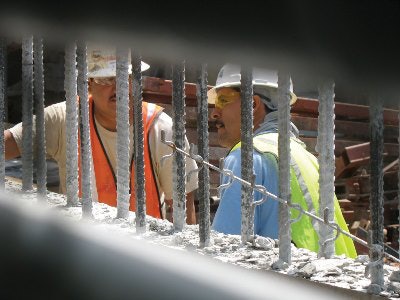
Therefore, contrary to popular anti-immigrant political rhetoric, low-skilled Mexican-born workers did not strain the resources of major U.S. cities during the economic downturn, nor did they crowd out the low-skilled natives for remaining jobs.
Those are among the key findings of a new study published in this month’s issue of American Economic Journal: Applied Economics.
The researchers were Dr. Brian Cadena, a University of Colorado Boulder assistant professor of economics, and Dr. Brian Kovak, a Carnegie Mellon University assistant professor of economics and public policy. Cadena has previously researched and written about migrant labor and economic slumps. Kovak has researched and written about international trade and labor markets.
The two men studied Mexican-born workers — authorized as well as undocumented — and native-born workers. The laborers in their study were all ages 18 to 64; none were enrolled in school. The researchers defined low-skilled workers as those who, at most, hold a high school diploma.
From 2006 through 2010, the hardest-hit U.S. states such as Nevada, Michigan and Florida each saw more than 10 percent of its jobs cut.
Cadena and Kovak found that, during this five-year period, low-skilled Mexican men’s yearly migration rate was 7 percent, compared with only 4 percent among their native-born counterparts. Because of migration, the duration of unemployment among Mexican workers was, on average, 33 percent shorter than that of native-born workers.















